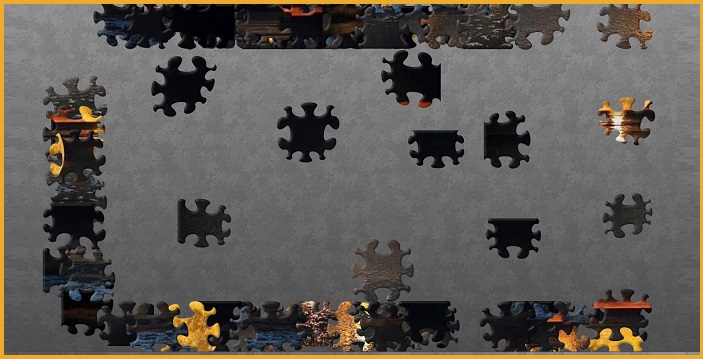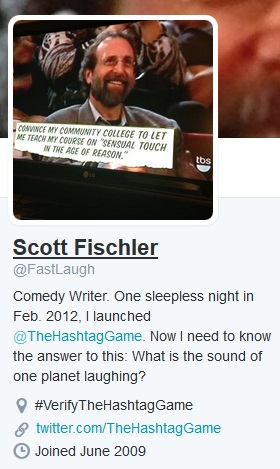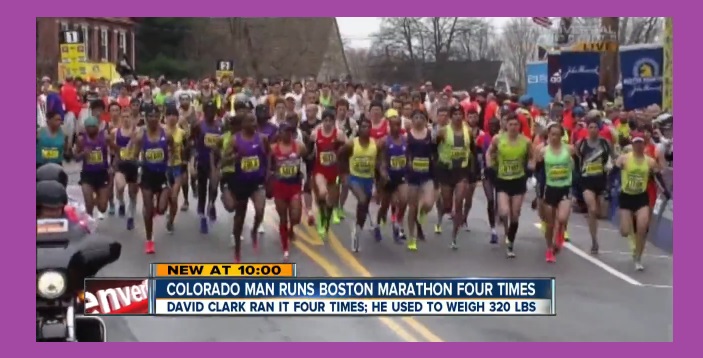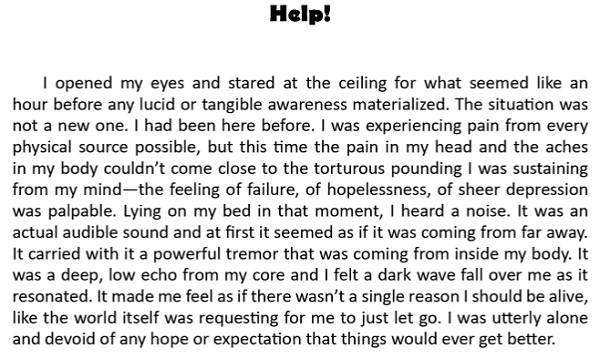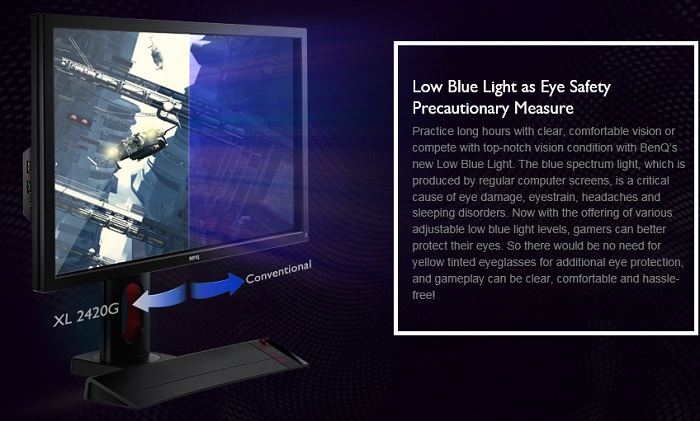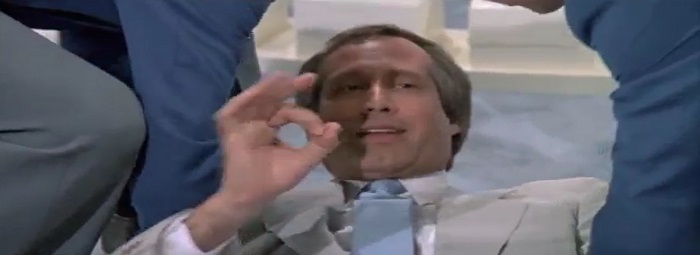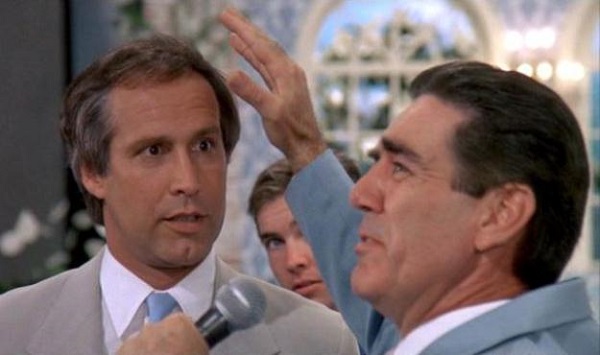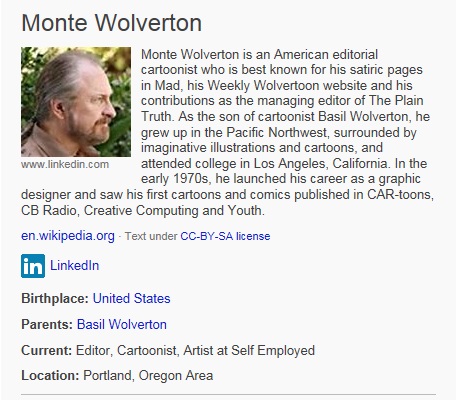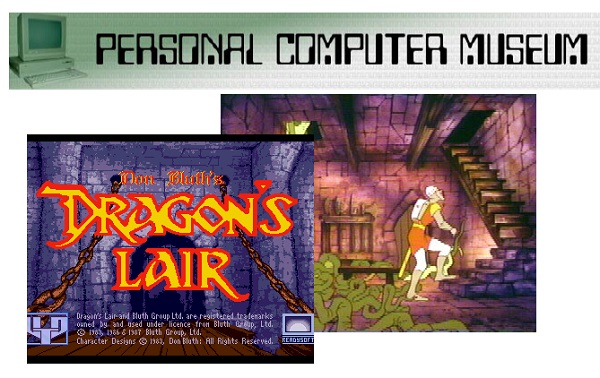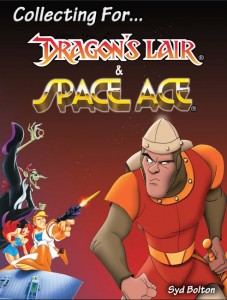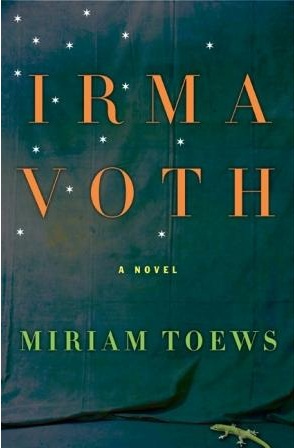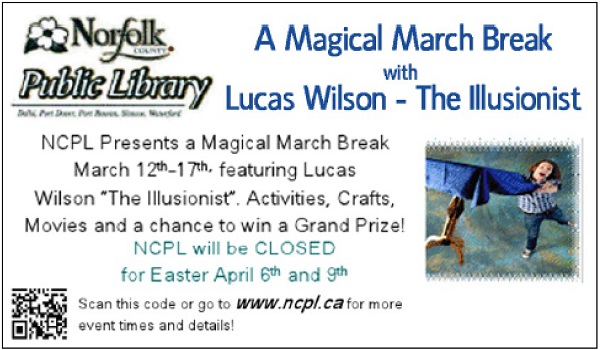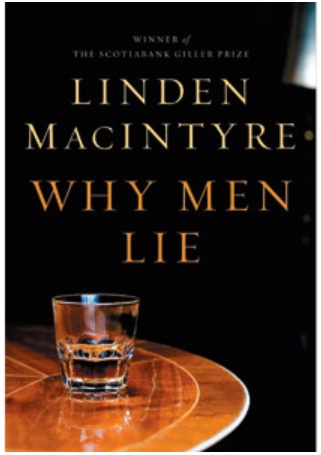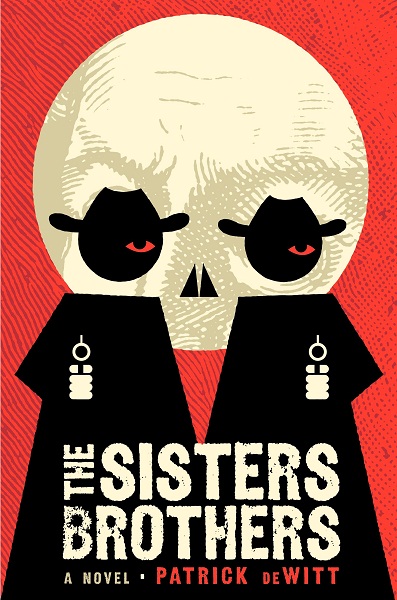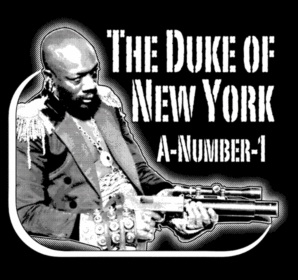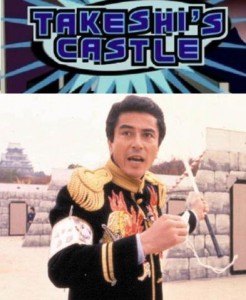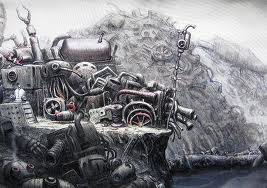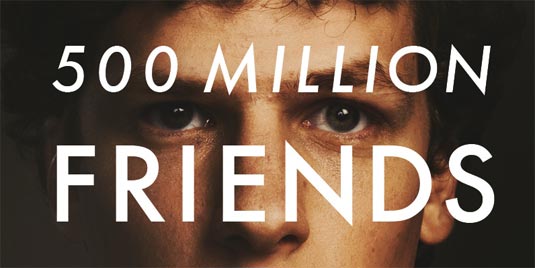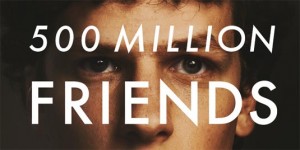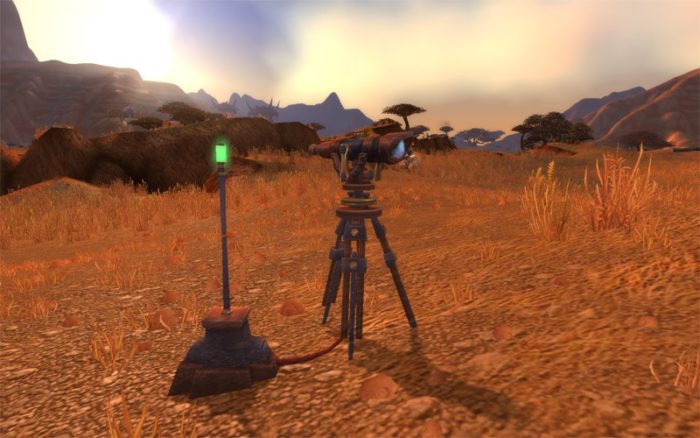Canadian Pacific: Creating A Brand, Building A Nation, the forthcoming luxury coffee table book from School of Design of the Université du Québec à Montréal professor emeritus Marc H. Choko and Callisto Publishers. The private railway corporation that united Canada and built the world’s greatest transportation system, Canadian Pacific broke boundaries with its powerful commercial design.
 A gorgeous new full-colour, 384-page hardcover from leading design book publisher Callisto, Canadian Pacific: Creating A Brand, Building A Nation [November 15 2015] reveals the intriguing story of the private railway company that united Canada politically – and became, for a time, the world’s greatest and most diverse transportation system. Written by Marc H. Choko – professor emeritus at the School of Design of the Université du Québec à Montréal and an honorary member of the Société des designers graphiques du Québec – Canadian Pacific weaves a concise and compelling narrative recapitulating the first 100 years of the company’s history, beginning in the 1880s. Brought to life by hundreds of advertisements, illustrations, designs, photos, and historical documents – many of which have never been published before – Canadian Pacific is more than a beautiful book: it is an indispensible testament to one of the greatest achievements of entrepreneurship the world has ever seen.
A gorgeous new full-colour, 384-page hardcover from leading design book publisher Callisto, Canadian Pacific: Creating A Brand, Building A Nation [November 15 2015] reveals the intriguing story of the private railway company that united Canada politically – and became, for a time, the world’s greatest and most diverse transportation system. Written by Marc H. Choko – professor emeritus at the School of Design of the Université du Québec à Montréal and an honorary member of the Société des designers graphiques du Québec – Canadian Pacific weaves a concise and compelling narrative recapitulating the first 100 years of the company’s history, beginning in the 1880s. Brought to life by hundreds of advertisements, illustrations, designs, photos, and historical documents – many of which have never been published before – Canadian Pacific is more than a beautiful book: it is an indispensible testament to one of the greatest achievements of entrepreneurship the world has ever seen.
“The history of Canada is inseparable from the history of Canadian Pacific,” writes publisher Matthias C. Hühne in the book’s preface. “A distinct Canadian national identity was still in its infancy in the 19th century, and various stereotypes linked with Canada today are the direct result of decisions made by these artists and Canadian Pacific’s publicity executives.” From adventurous world travelers to potential immigrants considering a move to Canada, Canadian Pacific tells the important and unforgettable story of the impact this private corporation has had on a nation’s economic development and image – and will be a welcome addition to the bookcases, coffee tables, and cottages of history buffs, art lovers, and aesthetes alike.

Among the topics author Marc H. Choko is currently interested in and researching are: Beavers, Banff and propaganda: how commercial design helped a disparate, newly formed nation understand its place in the world and forge an identity. This is Canada: the romanticism and beauty of the images Canadian Pacific’s publicity department produced, and their immeasurable impact on the way Canada is perceived domestically and throughout the world Immigration and colonization: Canadian Pacific’s little-known history of facilitating the process of coming to Canada for hundreds of thousands of citizens. The eminent artists behind Canadian Pacific’s publicity materials: why we cannot separate the interplay of commercial interest and high culture.
About the Author: Marc H. Choko, author of Canadian Pacific: Creating a Brand, Building a Nation is professor emeritus at the School of Design of the Université du Québec à Montréal and former director of the university’s Design Centre. He is also a former research director at the Institut national de la recherche scientifique Urbanisation, Culture et Société. Choko earned a bachelor’s degree in architecture and a master’s degree in planning from the Université de Montréal and a doctorate in urban planning from the Université de Paris VIII. He is the author of numerous publications on graphic design, urbandevelopment and housing, and has curated many exhibitions that toured internationally. Choko is an honorary member of the Société des designers graphiques du Québec.
About the Publisher: Berlin-based Callisto Publishers selects topics from the fields of design, art, and architecture that are especially well suited to be represented by a printed book, rather than an electronic medium, aspiring to create printed works of perfect quality in terms of content, design, and production. Strong contemporary design requires solid knowledge of the designs and methods of the past. Which designs endured, which did not, and why? Callisto’s books analyze trends of the past that are relevant for understanding design today and in the future. Website: https://www.callisto-publishers.com/
 About Canadian Pacific: The Standard Edition of Canadian Pacific: Creating A Brand, Building A Nation will be released this month, and retail for $80CAD / $70USD. The Premium Edition – a larger and technically more sophisticated version, packaged in a hand-crafted collector’s case with a wood veneer cover symbolizing the natural beauty of Canada, and containing additional images and Pantone colours and finishes not included in the Standard Edition – will be released in April 2016 and retail for $720CAD / $600 USD.
About Canadian Pacific: The Standard Edition of Canadian Pacific: Creating A Brand, Building A Nation will be released this month, and retail for $80CAD / $70USD. The Premium Edition – a larger and technically more sophisticated version, packaged in a hand-crafted collector’s case with a wood veneer cover symbolizing the natural beauty of Canada, and containing additional images and Pantone colours and finishes not included in the Standard Edition – will be released in April 2016 and retail for $720CAD / $600 USD.


